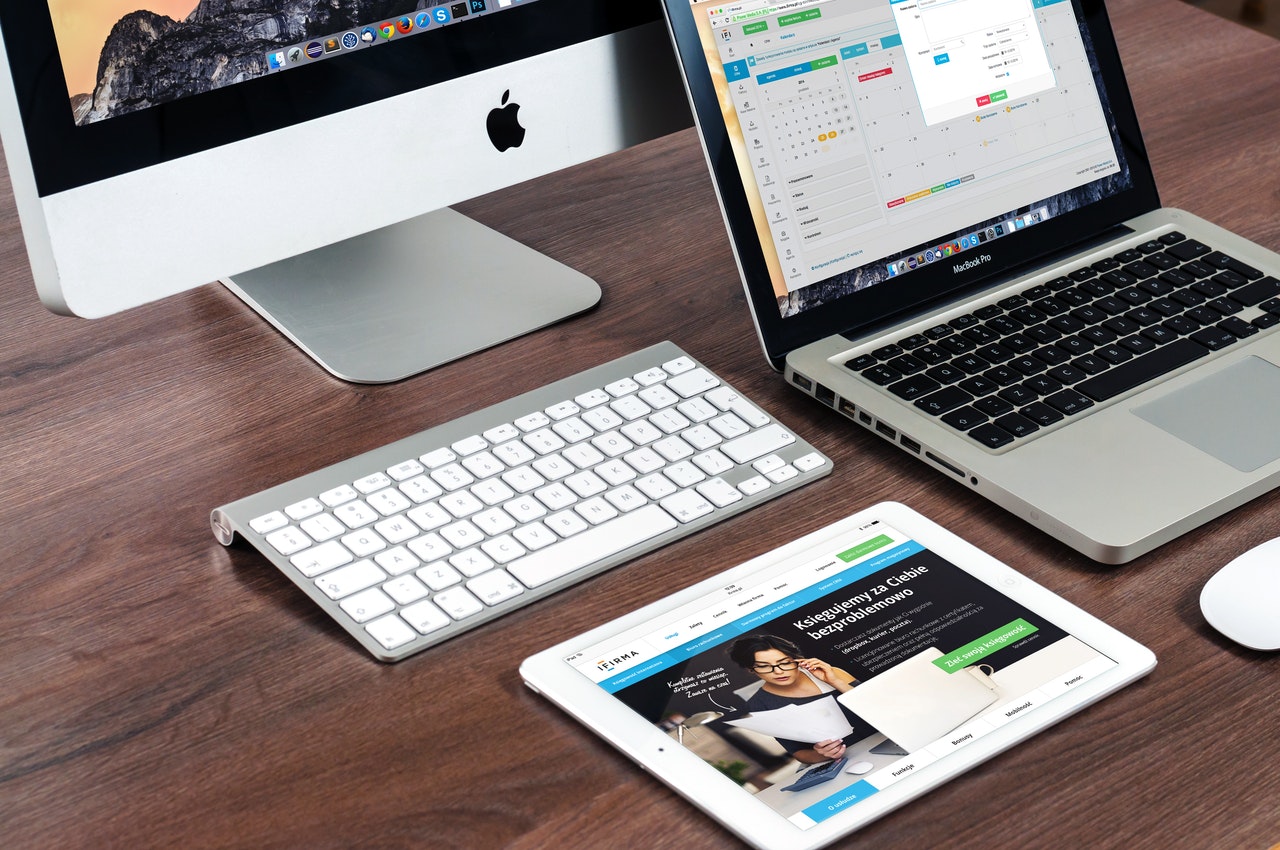
The CWV score of a webpage is based on each user’s experience and has an impact on page ranking. With the CWV soon to be implemented in May this year, website owners, developers and digital marketing professionals need to ensure their pages are optimised for good CWV performance.
To get you started on your CWV optimisation journey, here’s an overview of the first metric: Largest Contentful Paint or LCP.
What is Largest Contentful Paint?
Page loading speed is a key factor that impacts user experience and that every website needs to focus on.
Remember how you behave when you click on a link in search engine results? If the page is loading too slowly, do you wait for it to load or do you move on to the next link in the results queue?
Largest Contentful Paint or LCP is the metric that measures the time it takes for a webpage to load the largest content on the screen. Once the largest content is complete, the webpage is ready for user interaction.
According to Google, LCP only considers everything that is visible to the user when the page loads without the need to scroll up or down. This means only the content appearing on a screen without user interaction is given an LCP score.
Moreover, only the content and elements that are relevant to the user experience is covered in this metric.
Content here refers only to the following items:
- Images and image tags
- Video elements
- Text elements (e.g., headings, paragraphs, lists, etc.)
- Background images loaded via URL
How is LCP measured?
LCP is measured by using either the so-called field method where the metric is calculated directly on the webpage or site, or through performance simulations on lab mode.
What is a good LCP score?
A page loading time of up to 2.5 seconds (for the main content relevant to users) is considered a good LCP score. This means keeping the page loading time to below 2.5 seconds is essential to perform well in this metric.
During your LCP audit, consider the following LCP thresholds of the biggest image or text block:
- Good: LCP score is equal to or less than 1,200 milliseconds.
- Consider improving: LCP score falls between 1,200 and 1,666 milliseconds.
- Needs improvement: LCP score is between 1,666 and 2,400 milliseconds.
- Too long, needs improvement: LCP score is greater than 2,400 milliseconds.
How does LCP impact SEO performance?
LCP accounts for 25 per cent of your website’s total performance score as a CWV metric. As such, it’s critical to optimise your website to perform better in this aspect.
And since user experience plays a major role in a website’s SEO performance, LCP (as it relates to page loading time) can influence your search engine ranking on Google significantly.
Therefore, having excellent content, a beautiful layout and great products or services is not enough to ensure a seamless and satisfying user experience that won’t lead to site abandonment. Page loading speed and agility help ensure a user stays on your website, consequently helping it rank well with Google.
Time to optimise your website’s LCP
Before making any attempts at optimising your website to perform well on LCP, site tracking and auditing are essential.
After the audit, some items you might need to work on include image sizes, image content delivery network or content distribution network (CDN), avoiding JavaScript for image loads and choosing a good hosting service.
However, before anything else can be done, take the time to get to know LCP in order to score well with Google and, more importantly, to give users great website experiences – these ultimately lead to more visits, conversions and sales.
Subscribe To Our Blog
If you want more tips for your website, join our valuable readers and get key industry insights to help boost your conversions.








